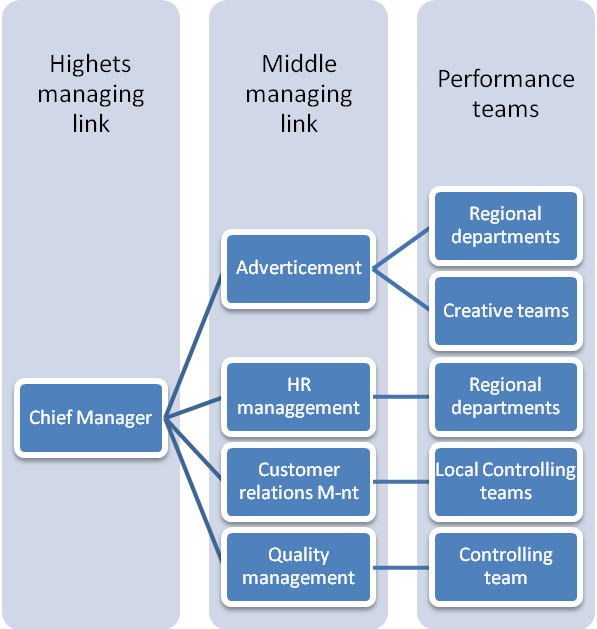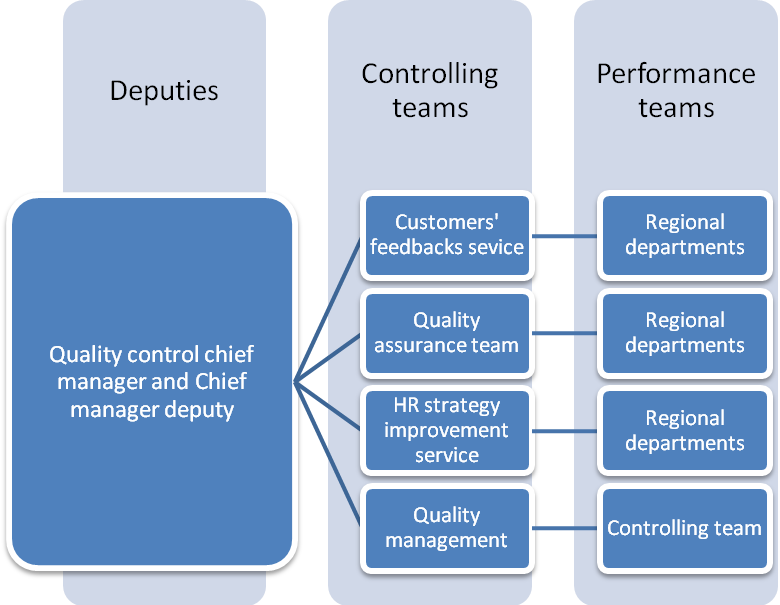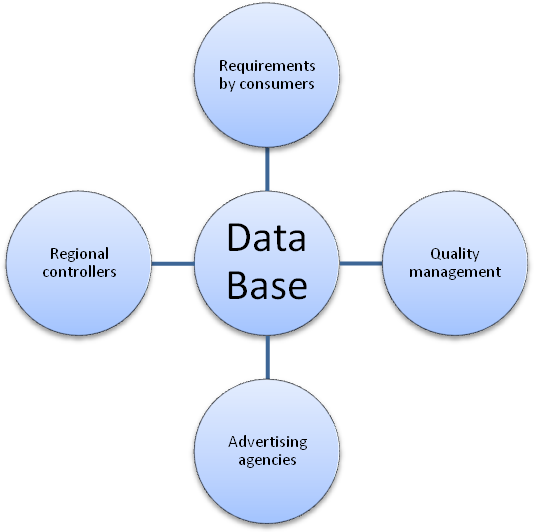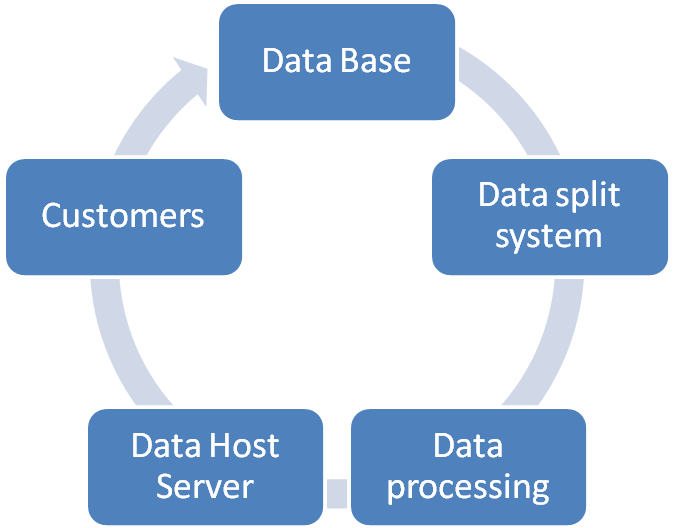Introduction
The organization structure of the business company is entirely based on the hierarchical principle. As the structure is one of the most important factors of the successful activity, it is necessary to mention that it is thoroughly created vertical and horizontal structure which is flexible and may be subjected to rapid changes without impacting the allover productivity and performance
Main Structure

Reserve Structure

It is necessary to mention, that the reserve structure is not always in function, and it is performed by the same workers. Thus, if there are troubles in any block, the corresponding link from the reserve structure is launched.
The total amount of the personnel is no more than 40 employees in the main office and no more than five in every regional department. There is no necessity in extended personnel, as most of the operations are performed automatically. The revenue is nearly $300 000 a week, as the information changes quickly, and the number of subscribers grow. Moreover, the growth of the company’s popularity increase the number of advertising agencies who wish to cooperate, thus they are the additional revenue point.
Location is undefined, as it is the company which performs totally on-line.
The business functions, which are represented by the organization, entail the providing of qualitative services for the customers (offering reliable and verified reference data). Originally, the performance on the market of services is closely linked with essential difficulties, which arise because of impossibility to satisfy all the customers. This happens either due to improper quality control or incorrect customer relations management. Thus, the function of the business is to avoid these difficulties by adjusting proper strategies and applying the principle of the reserve structure launch, if the main fails.
The mission and the objectives of the functioning are linked with qualitative services provision, while the functions are directed for the adjustment of the proper work of four components:
- Services
- Organization
- Financial system
- Structure components
Data Model
The data model represents the structure of providing the services into practice and explains how the information flows through the structure.
Baseline

Relationship, entities, and attributes
This model is essentially simplified for the explanation of the data flows; however, it is much more complex. The Core of this business sphere is based on the steadily growing data base. This base entails information of different kinds: Tourism, services, entertainments, weather forecast, news, timetables etc. Quality management teams are responsible for verifying the information and refreshing the outdated info. Thus, these teams refill the base and search for the new data. Advertising agencies provide the information on the services and goods available in a city / state / country. These are the commercial cooperators of the agency, thus, they help the quality management team to refill the data base with the latest data on the services goods or timetables in cinemas.
Regional controllers perform similar to quality management teams assignments with the only exception – these assignments presuppose not refreshing and verifying information, but they are claimed to find the sources of this information and check whether they are reliable.
The customers are those who resort to the services of the agency and agree to pay for the information. For the additional payment they may get the confidential information, however, the key factor of achieving this info is the agreement of the person who owns such info to provide it. Thus, everything is legal, and the rights of privacy are not violated.
Application model
Processing architecture

To confirm that this enterprise wide technology architecture is reasonable or acceptable, it shall undergo the inspection of not only the organization’s management but also Project Stakeholders, Infrastructure / Operation Department, IT support Department as well as Sales and Contract Department. The application architecture will be issued again simultaneously as a single document to avoid uncertainties or confusions.. The Team will then dissimilate this file throughout the organization at the confidentiality of “Sensitive”. The Team will also conduct presentation using business oriented terms i.e. ROI, Profit, Efficiency, Productivity using examples, illustrations and Present/Future Comparisons.
Platform Definitions
Database. It is generally considered a part of the data host server, however, it is a bit narrower definition. This is aimed for systematized and sorted data storage, which the customers may address for. Initially, the data base is nothing more than a storage, nevertheless, it requires systematic support and processing.
Data split system. When the data becomes outdated, the data split system alarms about this, and makes the notification that the data should be refreshed or verified if it seems suspicious.
Data processing platform is the block which is responsible for gathering, structuring and systematizing data. Originally, it is aimed for bringing the information to the order, for it could be easily used by the consumers and processed by the data split platform.
Data host server is the IT part of the allover structure. Initially this link is created for technical support of the data base, data split and data processing platforms, as well as maintaining customers’ base.
Technology Model
List of the applications:
- Data Gathering System
- Data processing system
- Data Storing and Addressing System
- Data Verifying Application
Application Architecture
These applications are required for proper data storage, processing verifying and addressing. Originally, there is no need to describe the functions of all four applications, as they work in a single data processing / storage structure. Thus, the key requirements for this structure will be the following:
- Store the data reliably and be able to protect it from data damaging attacks and software;
- Collect resources of reliable information and structure them in order to get the fresh information and address these resources in the case of necessity (verification, confirmation, refreshing);
- Systematize the data and divide it into categories, for the customers and personnel were able to access it easily;
- Constantly verify the data, check its “expiration date” and refresh if the information is outdated;
- Automatically define the privacy level and divide the data according to these levels, thus, setting up the access levels.
A revision of this architecture will be done at the last of this phase to align organization’s business functions and people performing it.
Conclusion
Finally, it is necessary to emphasize that the data and application architectures are rather significant components of any company’s strategy, especially if the company relies on IT and regards information as the key source and object of its activity. The paper was aimed to describe the technical model, data processing structure and applications architecture, thus, these charts reflect the internal mechanism of the company, which is as important as the internal mechanism for a watch.
References
James McGovern, et.al. (2003) “Practical Guide to Enterprise Architect”, Prentice Hall.